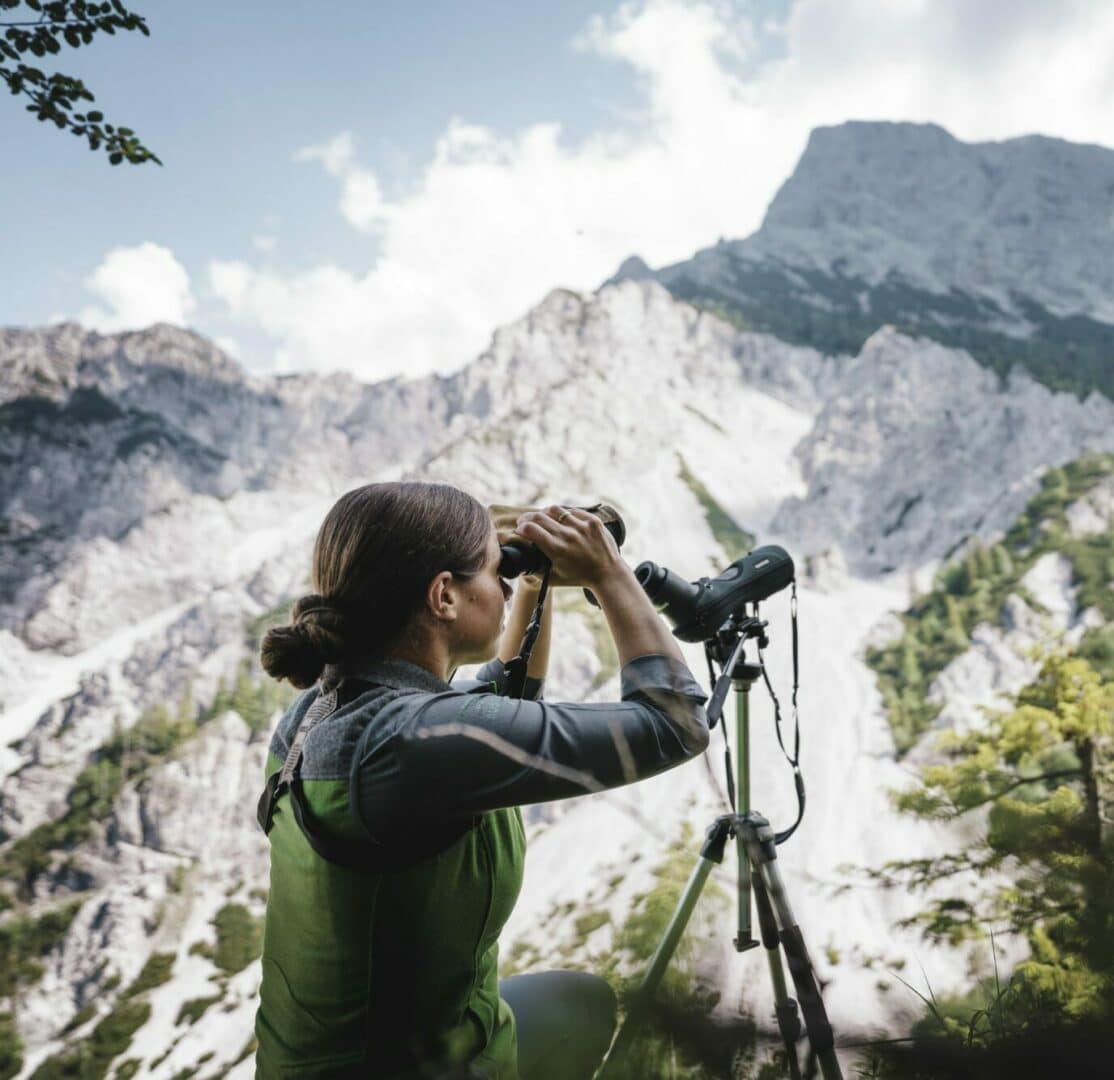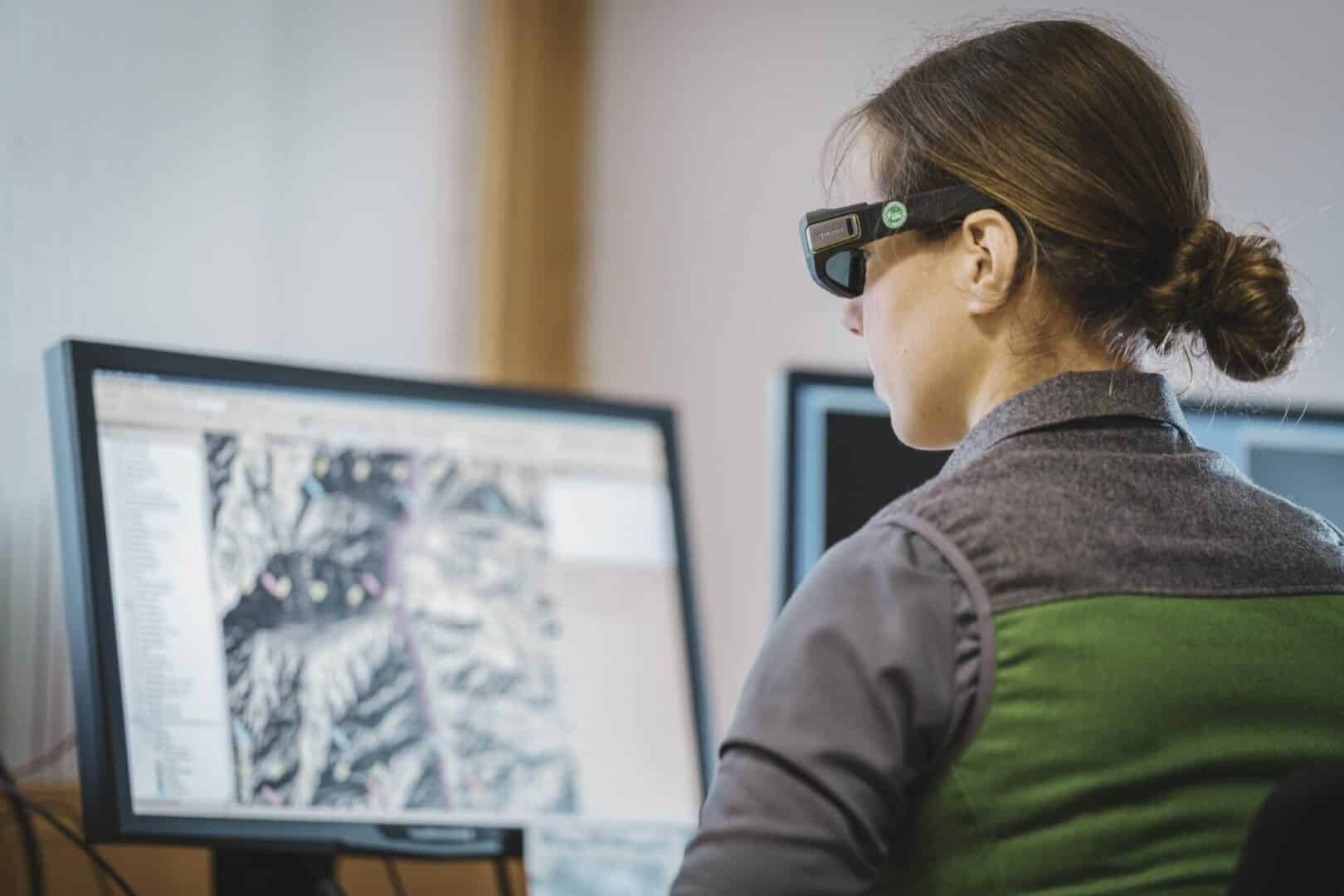Initiatives for natural environments
What we do with our partners
Networking with partners and national or international cooperations contributes significantly to the success of Gesäuse National Park. Partnerships with neighbours as well as renowned universities are cultivated, providing both practical results and new approaches.
Among others, sponsorships from the European Commission facilitate the protection of biological diversity as it is a concern that extends far beyond the boundaries of the national park.
LTSER Research Platform Eisenwurzen
The LTSER Research Platform Eisenwurzen is one of the few research programmes dealing with long-term environmental and ecosystem research put in a social context. here.
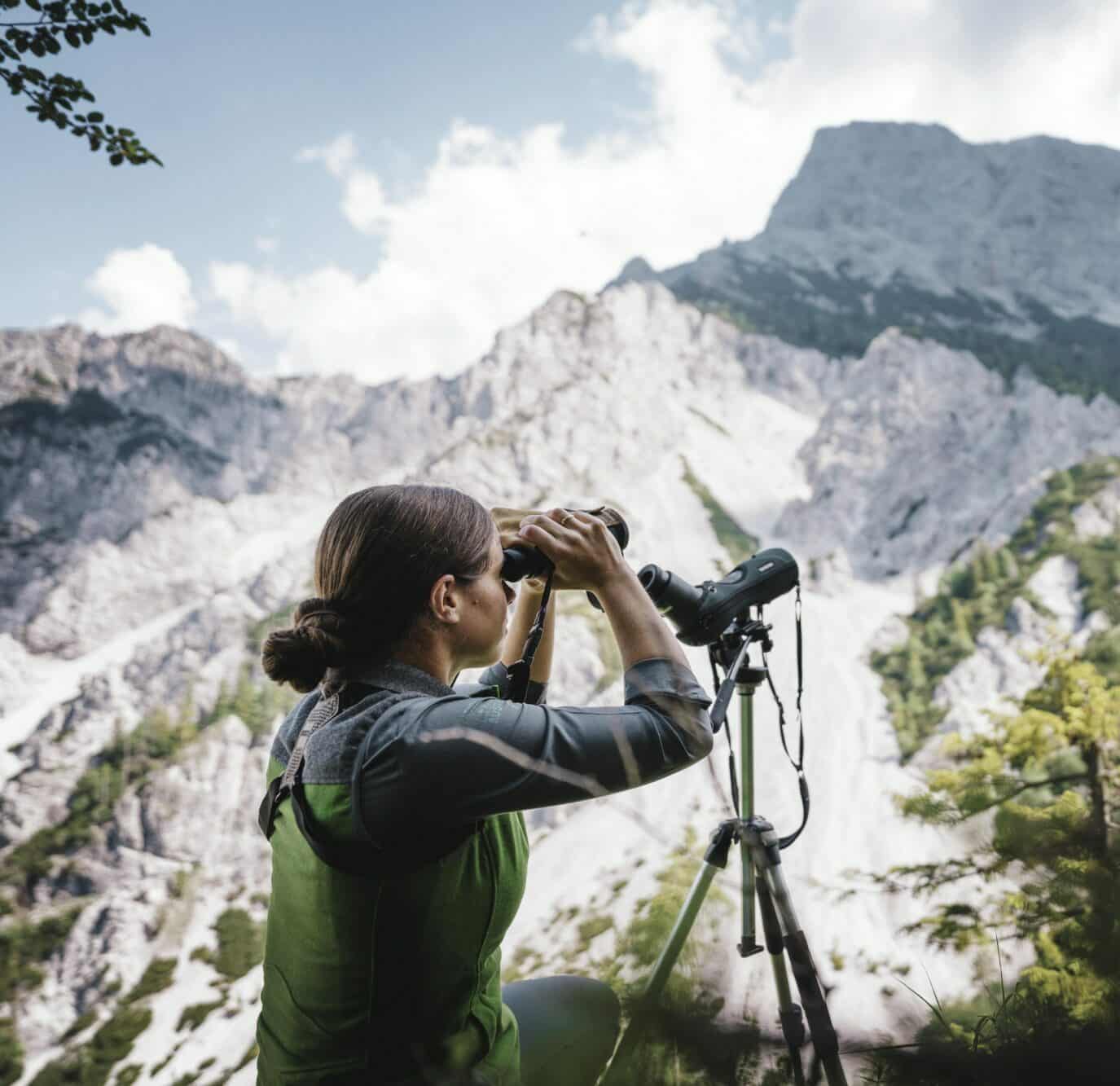
remote sensing - landscape change - Habitalp CC
How has the landscape in the Gesäuse changed within the last decades and how can this be expressed in figures and area shares? These questions are now being investigated in more detail in the Nature Conservation and Research Department. Through the area-wide documentation of landscape cover in the Gesäuse National Park and the comparison with data and aerial photographs from an earlier period as part of the "HabitAlp CC" project, such changes can be precisely recorded and described. The Landscape in Change provides an interactive insight into the changes in the landscape of the Gesäuse with modern cartography and historical and current photos.
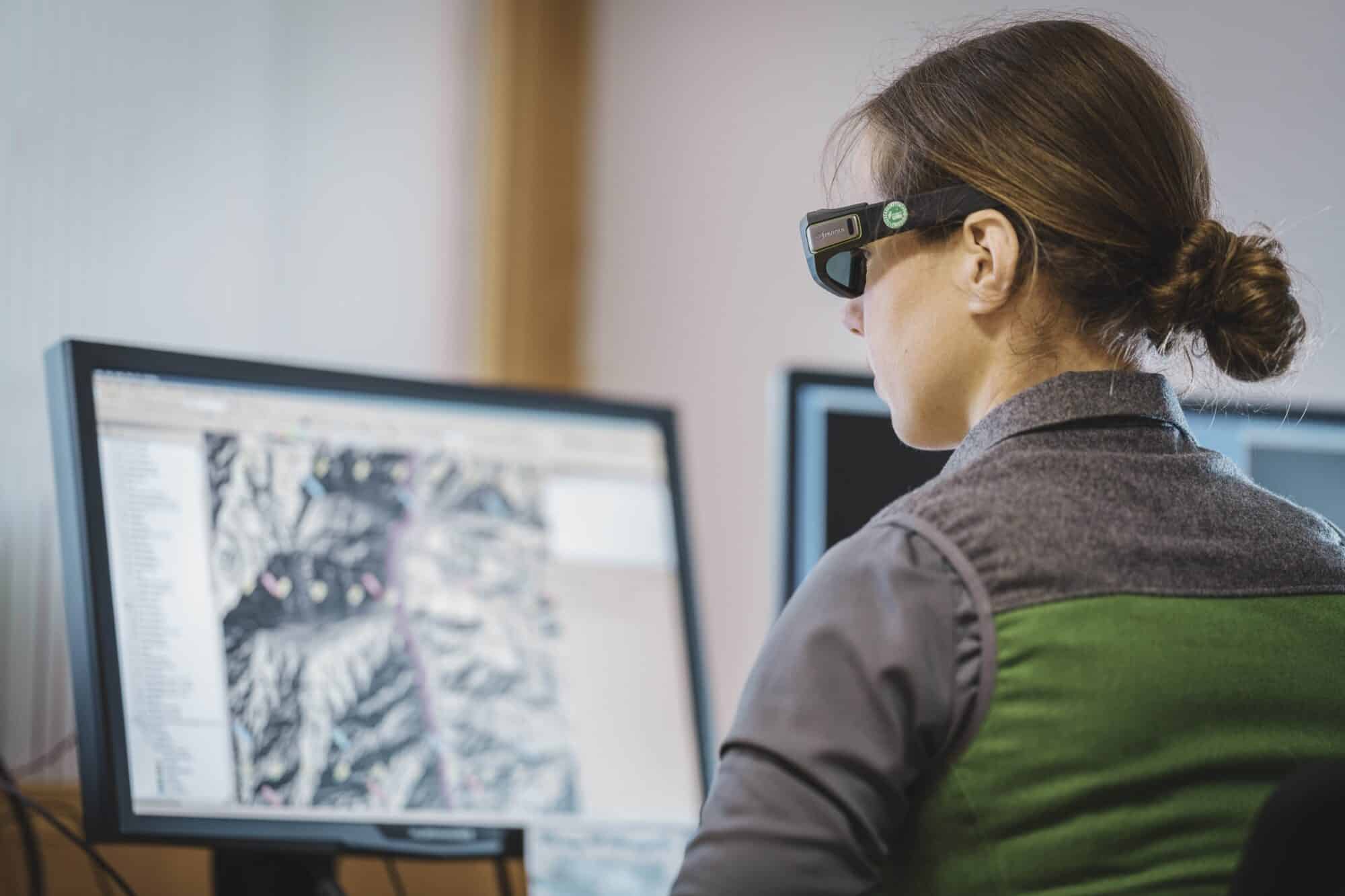
LIFE
The "LIFE" renaturation project was a major impetus for nature conservation measures in the Gesäuse National Park. Various renaturation measures were carried out in the national park, in the NATURA 2000 area "Ennstaler Alpen - Gesäuse" and also in the adjacent area "Pürgschachen Moos und ennsnahe Bereiche zwischen Selzthal und Gesäuseeingang".
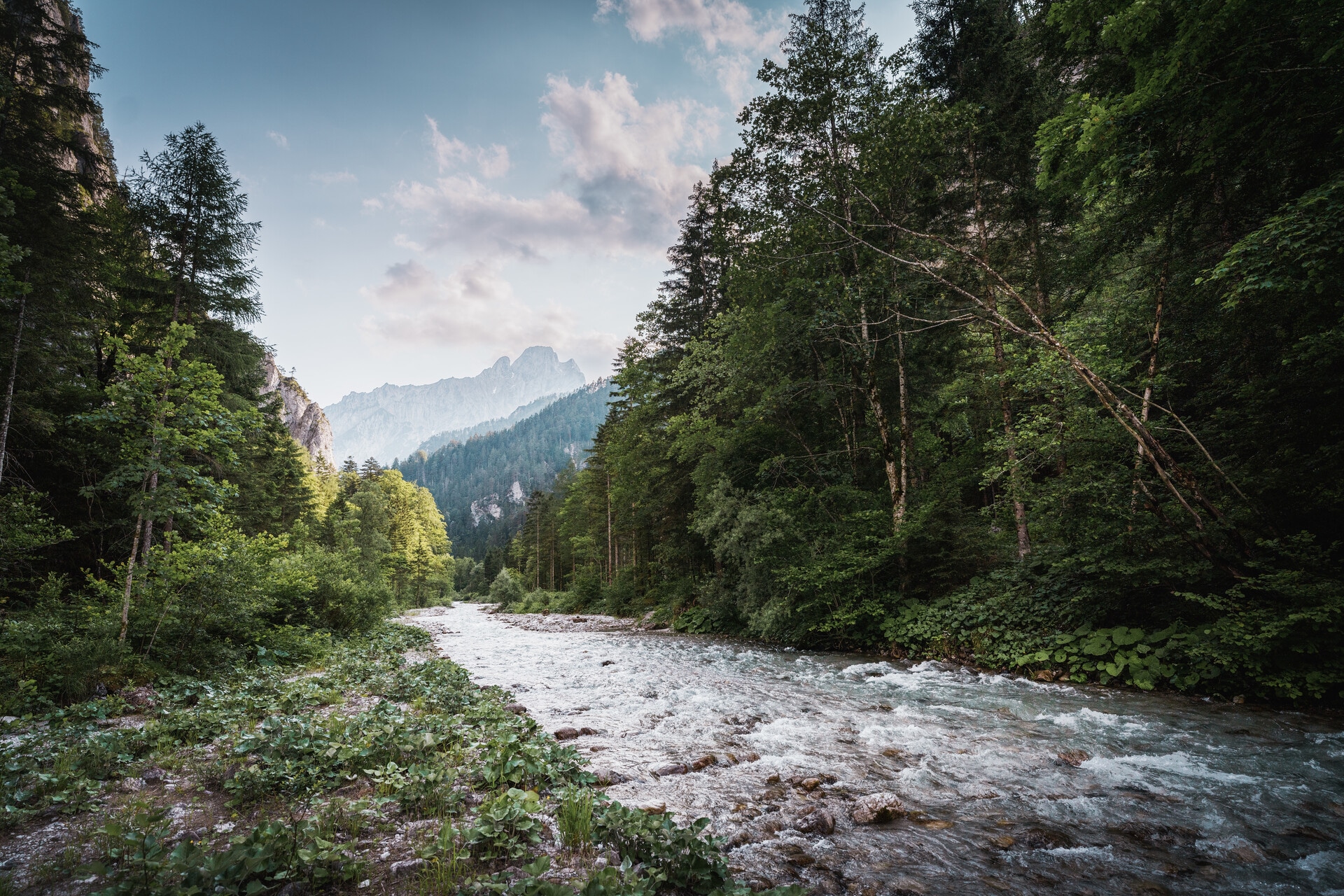
Luchsmonitoring Steiermark
Um den aktuellen Status des Luchses in der Steiermark durch Fakten zu dokumentieren, haben sich unter der Leitung des Naturschutzzentrums Bruck an der Mur die Abteilungen 13 und 10 des Amtes der Steiermärkischen Landesregierung, die Steirische Landesjägerschaft, die Naturschutzakademie Steiermark sowie der Nationalpark Gesäuse und der Nationalpark Kalkalpen in einem Projekt zusammengeschlossen. Das Monitoring wird von der Arbeitsgemeinschaft Gerngross & Weingarth-Dachs durchgeführt.
Dabei werden in den Bezirken Liezen, Leoben und Bruck-Mürzzuschlag in enger Zusammenarbeit mit Grundbesitzer:innen und Jagdausübungsberechtigten und mit Unterstützung durch das Technische Büro für Forst- und Jagdwirtschaft – Johann Fraiß, Wildkameras an systematisch ausgewählten Plätzen aufgestellt, um Fotos von Luchsen zu generieren. Mit diesen Bildern kann das Expert:innen-Team anhand der Fellmusterung einzelne Luchsindividuen bestätigen und ihre Anwesenheit räumlich und zeitlich einordnen. Bis Ende 2024 wird so auf Basis dieser breiten Zusammenarbeit evidenzbasiert das Vorkommen des Luchses in der Steiermark dargestellt.
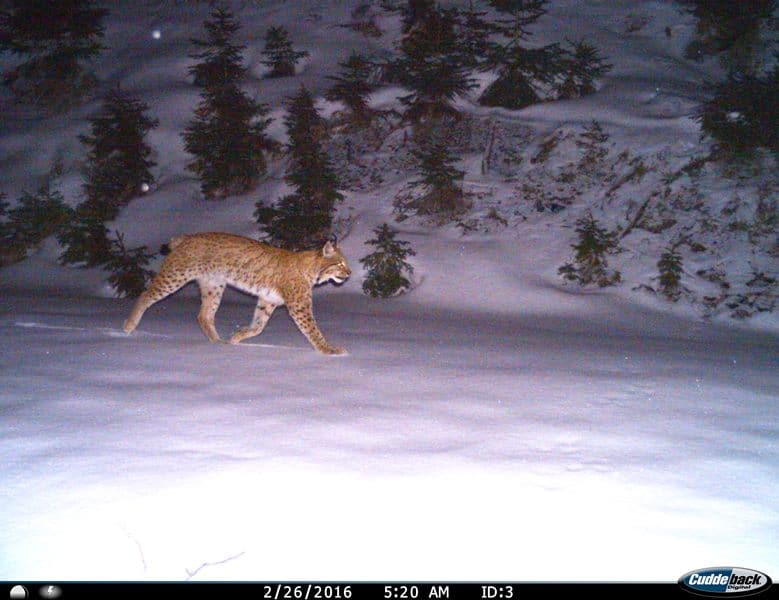
Sources and creeks
In recent years, Gesäuse National Park has paid particular attention to the examination of springs and streams. In 2007 a so-called “Spring Week” was introduced and is now held annually. During that time international scientist focus on analysing the biodiversity of selected spring biotopes in the national park.
In 2011 stream courses were added to the field of interest. Different sections of waters, moorland waters, ponds and lakes were analysed so far and we plan on holding "Spring and Stream Week" in the future as well.
Further information can be found in the annex.
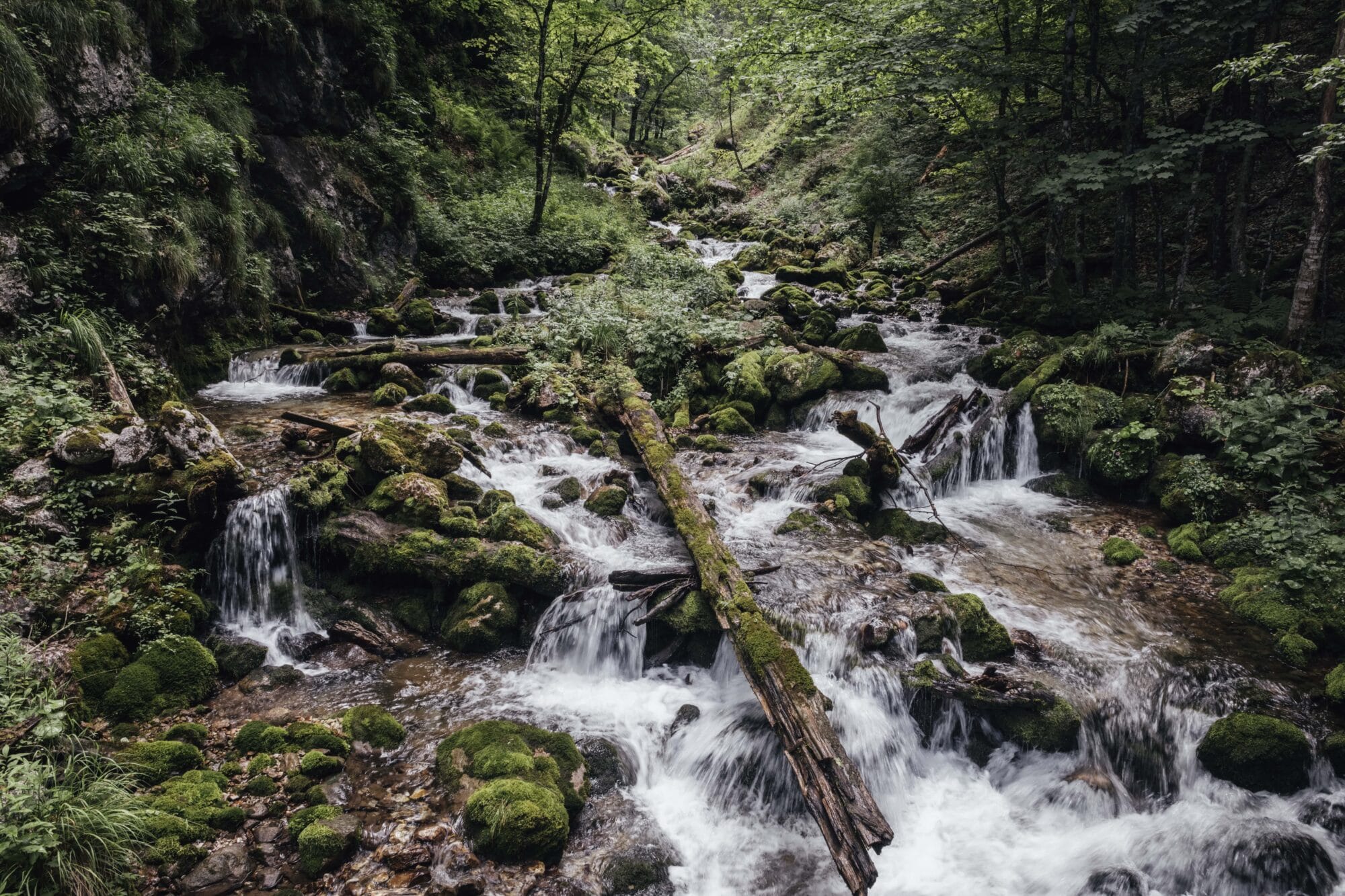
days of biodiversity
The GEO-Day of Biodiversity is an event which was initiated by the nature magazine "GEO" in 1999. It takes place annually in Germany, Switzerland and Austria an aims at finding and documenting as many animal and plant species within 24 hours in a particular area as possible.
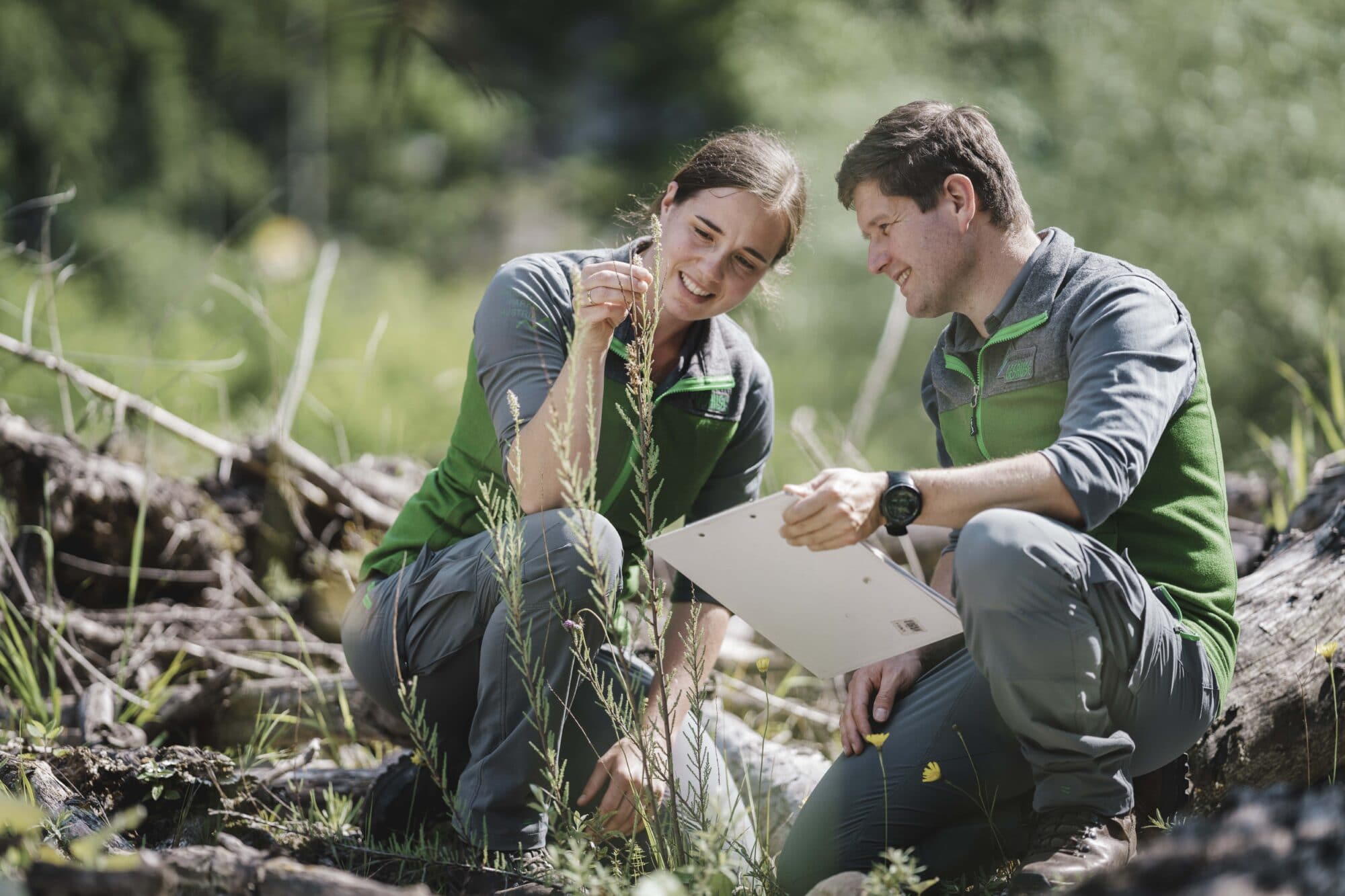
Network Natural Forests
"Protected areas are islands of biodiversity"- a common phrase. However, islands alone are not enough to preserve biodiversity as connecting these areas is essential.
This realization has led to the establishment of the three internationally recognized large-scale protected areas: Dürrenstein Wilderness Area, Kalkalpen National Park and Gesäuse National Park. Network Natural Forests offers you further information to the network and the resulting project Lynx Trail.


